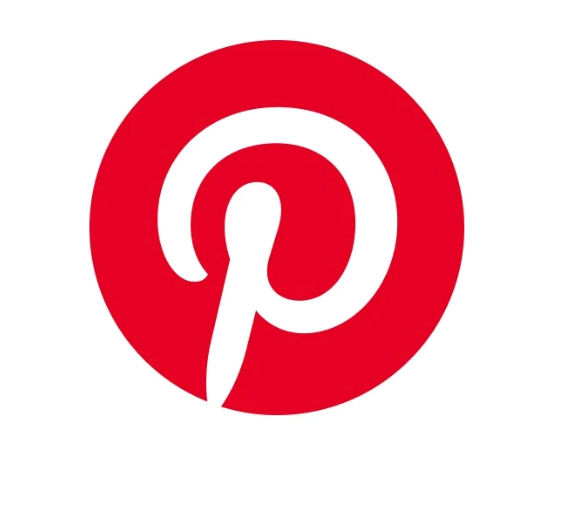By Craig Fitzgerald
Monthly e-newsletters are an effective content marketing tactic, used by more than two thirds of marketers to distribute and share engaging content with their customers and prospects (according to the results of IMN’s Second Annual Content Marketing survey). In fact, 42% of marketers cited newsletters as their most effective content marketing vehicle.
While newsletters with targeted, compelling content sent with regularity can be a great source for new leads, presenting a customer or prospect with relevant, timely information pre-purchase, even when they are not in the buying cycle, is the Holy Grail. Google calls this the “zero moment of truth.”
Google’s Zero Moment of Truth is about grabbing a shopper’s attention before the moment when they are making decisions to buy something, when shoppers are passively browsing online, with relevant, timely information.
So how can you tell when a shopper is in the “moment?” According to a Google Think Insights research study, they’re pre-shopping while they’re doing other activities and not giving it their full attention:
- 88% are on a smartphone when they’re watching television.
- 66% use a smartphone and a laptop together, or use a laptop and a TV together.
Newsletters delivered via email to smartphones, tablets and laptops are there when shoppers are pre-shopping. They’re delivered to subscribers’ inboxes every month, loaded with content that pertains to the goods and services the sender provides, along with meaningful, general interest content, ideal for someone outside of the buying cycle.
Steering Customers Toward Purchasing in the Automotive Industry
In the automotive industry, local and localized content – delivered through social channels, mobile and email—are extremely valuable to building the customer relationship, particularly at the dealership level. A study of one dealership’s communications strategies found that within three months after making a purchase, customers who received its monthly email newsletter were three times more likely to have their vehicles serviced at the dealership and they spent an average of almost triple that of those who did not receive the newsletter.
While dealerships want to continue to engage with customers to drive service and parts revenue, even when another automobile purchase may be many years away, the challenge becomes identifying what types of content are relevant to customers six to nine months post-purchase.
Successful dealerships offer trigger-based promotions, keyed to events like mileage or time that get customers back into the dealership for regular service. Seasonal offers on coolant flushes and air conditioning maintenance achieve the same goals, but require less knowledge about the customer’s vehicle and driving habits. Newsletters with helpful tips and lifestyle articles have been proven to be especially useful to influence sales and services revenues during slower volume months, by keeping the dealership top-of-mind when a customer has an atypical service need.
The Three Levels of Follow-Up
There is no debate: relevant, meaningful, authentic content are key to keeping customers engaged, especially when they’re out of their normal buying cycle. It’s a means of building loyal relationships. But what should a company do after the email newsletter goes out to better gauge where a customer or prospect is in the buying cycle?
There are three levels of follow up, each based on varying levels of sophistication and automation: manual, in-newsletter and aggressive.
Manual follow-up, as the name implies, is not automated. It is an email following up to a newsletter recipient that is not triggered by a specific action, but sent manually after assessing how a recipient engaged with the newsletter content. If someone clicked on a lifestyle article on “The Best Beach Drives,” for instance, their engagement patterns do not suggest they are in the market for a product or service at the moment. But, a manual follow-up might simply be a note acknowledging what they read, and encouraging some preventative maintenance for typical summer time issues including flat tires and A/C issues, along with an offer or special on that service.
In-newsletter follow-up are automatic emails generated after a consumer clicks on a specific article or link within an email newsletter. This provides an opportunity to follow-up with the recipient to continue the conversation. If a newsletter contains an article on the benefits of regular maintenance, for example, automatically generated follow-ups can be scheduled to send a specific offer to anyone who clicked on that particular article. If you have a group of email subscribers clicking on a piece of content, then you have a group of people that were interested enough in your newsletter to open it and, potentially, a group that are at that Zero Moment of Truth in the buying process.
Aggressive follow up marries both behavioral data (based on a newsletter subscriber’s behavior with the newsletter) with other data—in the case of automotive dealers, it could be their dealer management systems (DMS) data which includes finance, sales, parts, inventory and administration data. By combining DMS insights with behavioral data from a newsletter send, a dealer can create a campaign using parameters such as “let’s find all the newsletter subscribers who clicked on the article on the new car, who serviced with us in the last year, and whose lease is set to expire in six months,” targeting those customers with a specific offer and yielding significantly higher conversions.
The typical sales funnel reflects the stages of engagement – from awareness and consideration, to decision and purchase. The content that engages customers and prospects at each of those stages is often very different. Marketers that use digital behavioral cues to match communications to the buying cycle – not only identifying shoppers who are in the decision-making process, but also finding creative ways to continue the conversation with them when they aren’t, will win.
Craig Fitzgerald is editorial director of IMN.



